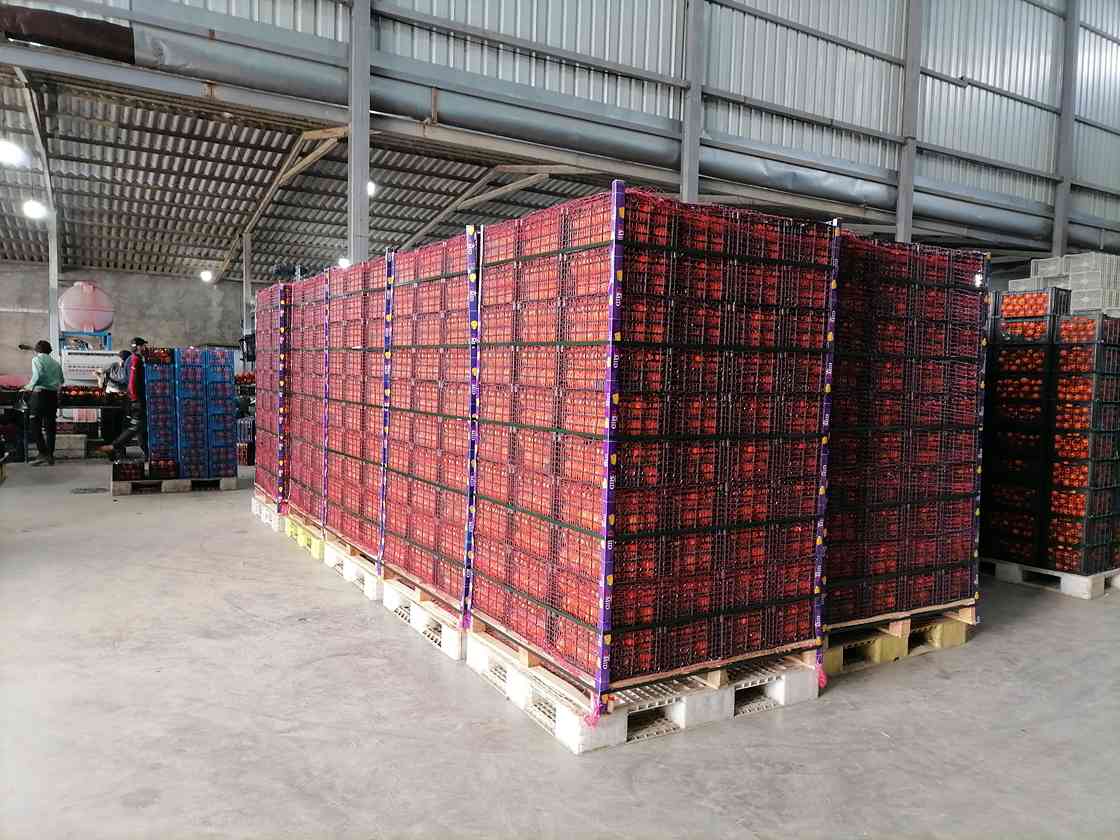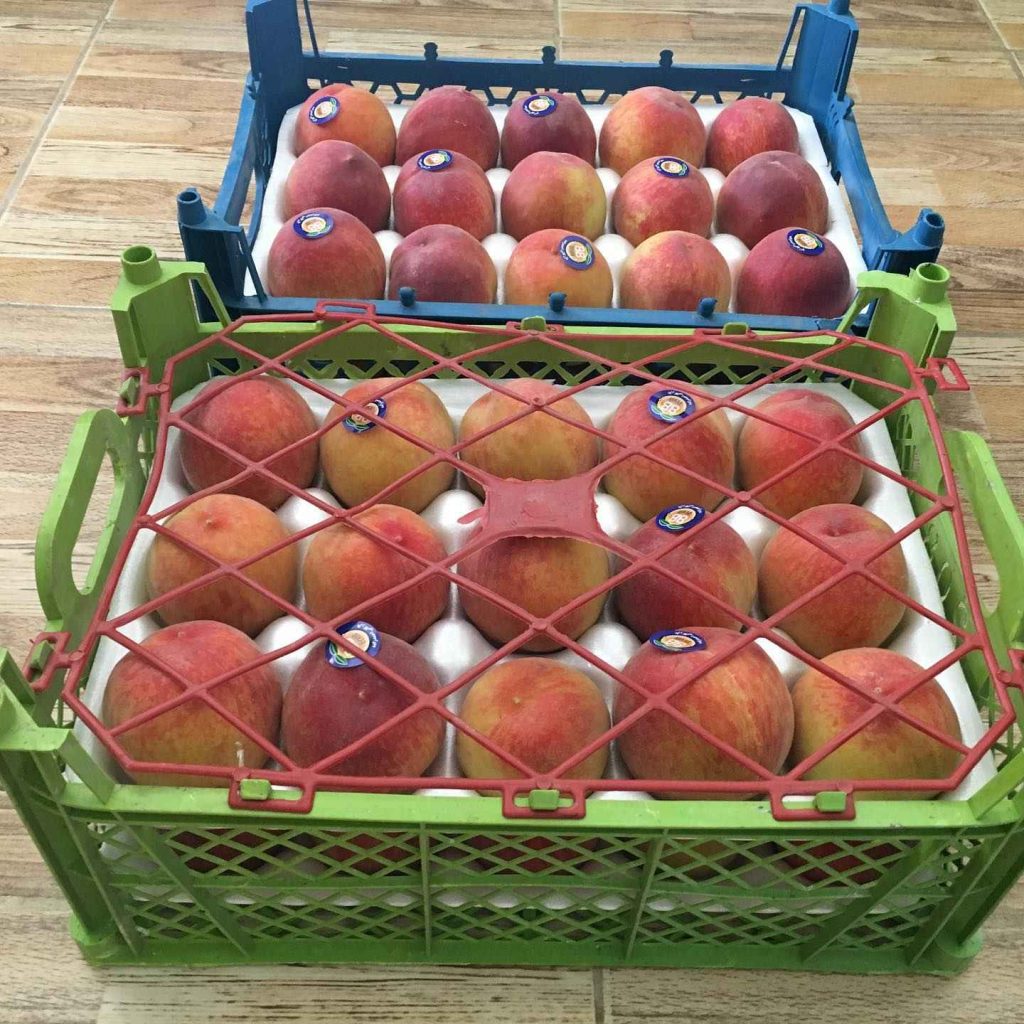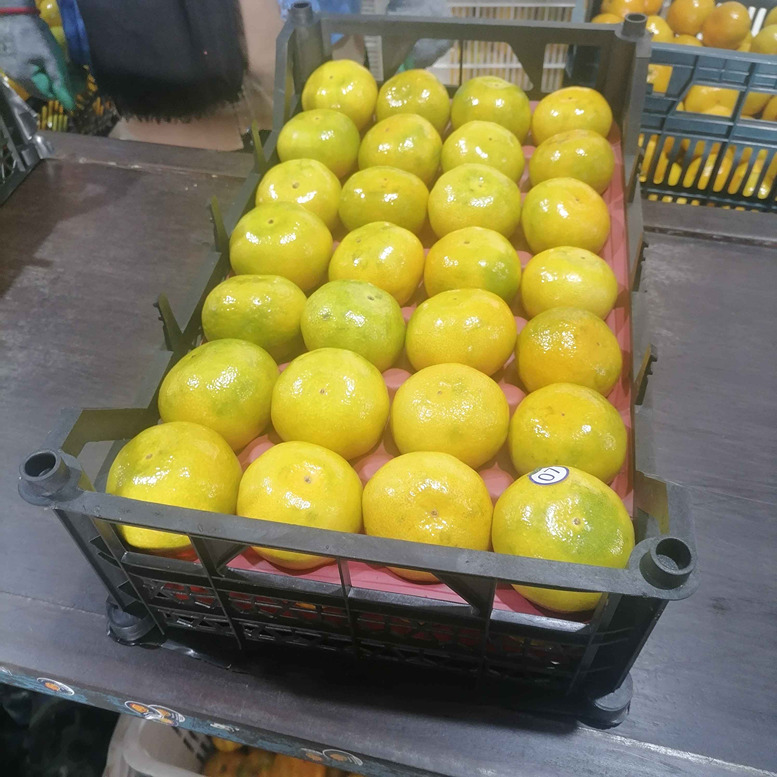Iran fruit company positions | A necessary guideline for importers of Iranian Fruits:
This note is an instruction for importers looking to import fresh Iranian fruits into their country.
Iranian fruits such as Apples, Oranges, cherries, and kiwis are continuously exported to the Russian Federation, India, the United Arab Emirates, and other GCC countries, as well as to Iraq, Uzbekistan, Kazakhstan, and Afghanistan.
Different stages of Iran fruits companies in the chain:
First, we will mention Iran’s fruit business’s different parties and companies. Also, as a case, we examine Iran’s exporting orange fruit chain and involved companies.
The beneficiary Parties and companies in Iran exporting fruits chain:
a. farmers and gardeners
b. stockpilers/ cold houses
c. packing houses
d. in-place brokers (internal/ international brokers)/ agents
e. Iran export trading companies
(in some exception cases, one party can work in more than one field)
Group A: Iranian farmers and gardeners
the most capital they have is their experience and knowledge in agriculture, their farms, or both. They supply fruits and vegetables in bulk and non-processed. Most of these groups’ preoccupation is with planting to harvest.
Group B: Stockpilers and cold house companies in Iran export fruit business
Due to their facilities and cash capital, a group of Iranian fruit companies or merchants act in the storage of fresh fruits. The facility could be a vast warehouse or cold house. For example, stashing kiwi fruit requires a cold house to keep it at almost zero degrees Celsius as the temperature On the other hand, stashing orang fruits usually happens in a covered warehouse.
Some local merchants rent part of a cold house and store fruits, too. They buy fruits in bulk from the gardeners during harvesting season, take anti-fruit corruption actions to minimize the waste and sell them in bulk later.
You can see one of these storages contains Iran fresh oranges in the following video:
Group C: Packing houses
The key asset they have is the facility for processing and packing fruits. The processing starts by grading the fresh fruits (due to quality) and sorting (due to size). Then, they pack the fruits that are ready for loading.
Of course, most of these groups store fruits, too. Overall, this group buys the raw product from groups A and/or B and prepares the final product ready for shipment. So, they act as suppliers for groups D and E.
Most of the packing houses sell in EXW term, and the payment method is cash in advance on their Iran banking account. They allow the truck to leave their site when the settlement is complete. Their concern is planning for produce, managing many workers, buying the raw products according to their expected quality and price, and supplying their customers on time. Most of these groups don’t involve themselves in export processes. (they have a maximum accounting department in their facility’s office)
The video below shows the process of packing Iranian oranges at a citrus packing site:
Group D: In-region brokers (internal/ international brokers)/ Agents
This group is present in the region and has a network of packing houses and stockpilers. They help buyers find their proper product easily by reducing their costs and being directly responsive to them. This group is a great source for market research because of its experts on that region’s products.
In-region brokers could act as:
- Supplier: for Iranian export trading companies (group E), as an internal broker or their agent
- Exporter: for foreign importers, as an international broker
Some in-region brokers act as international brokers; they also have the network and ability to export cargo. They can supply foreign importers at affordable rates because of their continued presence in the fruit market and high buying volume for different clients.
According to our article example case, if any importers want to import Iranian oranges, they should find international brokers in Mazandarn province, the biggest region producing oranges in Iran.
Group E: Iranian export fruit trading companies
Most of these groups’ offices are in Tehran (the capital of Iran). They usually trade and export several fruits (or other products, too) from different regions. In every fruit region, they have their agent (group D), who provides their orders.
As a fruit importing company or merchant, Who should we connect with in Iran to import Iranian fruits?
The quick answer is:
- Iranian international in-region brokers
- Iranian export trading companies
Finding trading companies is very easy; as we mentioned before, most are located in Tehran province.
On the other hand, finding a reliable broker can make an impressive difference in costs if the importer is looking for continued trades. To find an in-region international broker, you should first find which region of Iran produces the fruit you are looking for.
Three of the most exported Iranian fruits are apples, oranges, and kiwis.
- Most Iranian-exporting Apple is produced in East Azerbaijan and the West Azerbaijan province.
- Mazandaran province, especially its central counties (Sari, Ghaemshar, and Babol counties), is the largest region in Iran producing oranges.
- Iran Kiwi exported from the West of Mazandaran province and Gilan.
Conclusion: the generality of Iranian fruit companies’ phrase
In this to-the-point article, we indicated that the “Iran fruits company” phrase could have a dissimilar concept for importers than Iran’s internal market parties. We strive to explain which parties importers of Iranian fruits should connect with, which brings them a successful business with Iran. If there is any question, freely state it as a comment. It would be our honor to make it easy for you.







1 Comment. Leave new
I am zohaib wazir form pakistan
I am fresh fruit seeler and buyrr